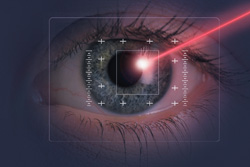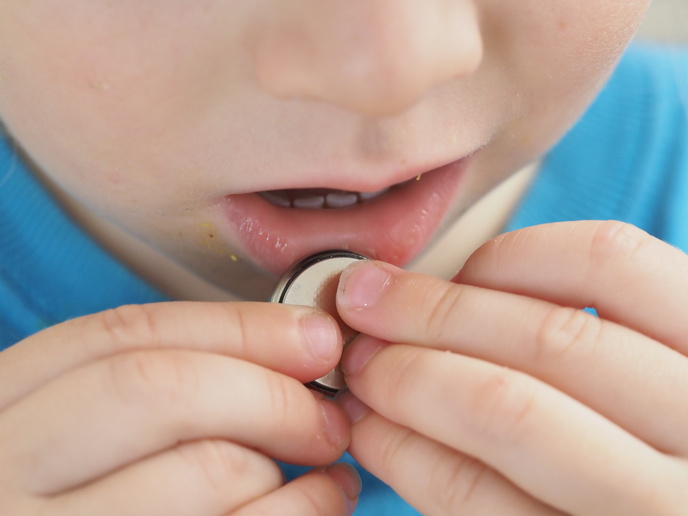New lasers for laser medicine
Monolithically integrated semiconductor photonic devices are able to generate high-power ultrashort pulses due to their stable, reliable, low-cost and portable features. Although they are suitable mainly for biomedical applications, scientists need to further develop their potential. The EU-funded project 'Novel integrated photonic devices for high-power ultrashort pulse generation' (NINTENDU-PULSE) unveiled ultrafast semiconductor lasers with significant improvements in peak power, tunability, beam quality and spectral region coverage. NINTENDU-PULSE achievements include a master oscillator power amplifier (MOPA) system with peak power at 1.26 micrometres that was successfully used for multi-photon imaging. Another task was the development of a broadly tuneable pulsed MOPA based on chirped quantum dot structures, generating tuneable picosecond pulses between 1 187 and 1 283 nm. A 980-nm passively mode-locked external cavity laser with 5.26 W maximum peak power and exceptionally low noise performance has been produced. The development of a mode-locked quantum-well diode laser emitting at 2 wavelengths and generating 20 GHz pulse trains with picosecond pulse duration concluded project work. All the developed laser sources hold promise for medical imaging and laser surgery applications.







